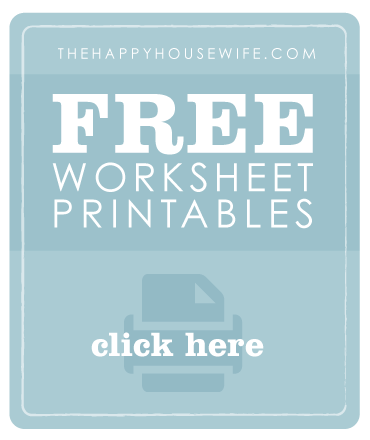Enjoy this month’s free homeschool printable pack based on The Very Hungry Caterpillar book by Eric Carle. Designed for Preschool and Early Kindergarten, these Very Hungry Caterpillar free printable worksheets focus on beginning sounds, scissor skills, simple addition, and matching.
Growing up, my children loved all of Eric Carle’s books, but The Very Hungry Caterpillar was always a favorite. The colorful artwork and simple story line always kept my children’s attention. Not only will your children learn about the lifecycle of a caterpillar/ butterfly in this book, you can also practice days of the week.
Another thing I love about this book is that it is always available at your local library, no matter how big or small. There is also a board book version and it’s been translated into numerous languages.
If you are feeling adventurous challenge your children to try the foods the caterpillar eats through in the book. It’s a great way to get a picky eat to try something new!
This is a great printable pack to keep preschoolers active and busy while you are schooling the older kids. My kindergartener loved having her worksheets so she could “do school” just like the big kids. We used this pack while my older children were completing their bug unit study.
Use this preschool printable pack along with unit studies about bugs, caterpillars/ butterflies, or even healthy eating (try the foods the caterpillar munches on in the book). From the board book when they were toddlers to the paperback for my preschoolers, the story delighted all my children when they were little.
Grab The Very Hungry Caterpillar book on Amazon!
Printable Pack Includes
In this 4-page printable set for The Very Hungry Caterpillar, you’ll find:
- Caterpillar Matching – Match each item in the left-hand column with its match in the row
- Scissor Skills – Use scissors to match each item
- Caterpillar Simple Addition – Follow the pear path, where each equation builds on the next; uses simple addition
- Caterpillar Writing Practice – Determine the beginning sound of each picture; includes handwriting
- Differences Between Butterflies and Moths
- Raising Caterpillars and Butterflies
- How to Make a Butterfly Garden
- Butterfly Lifecycle Fun

























